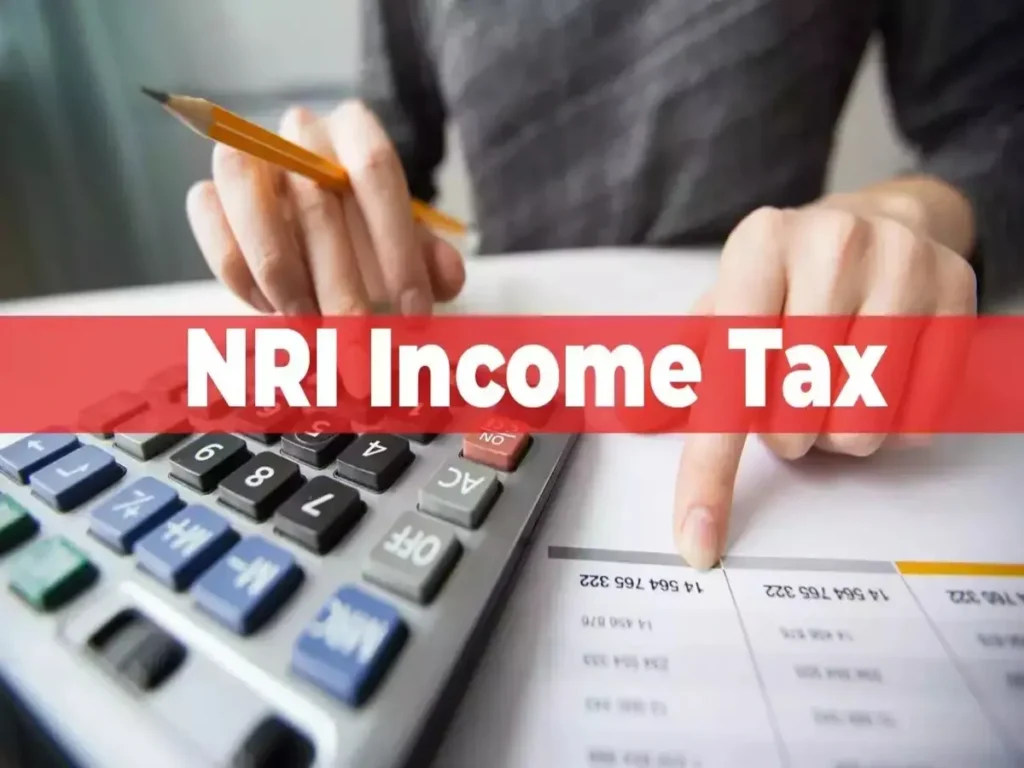If you’re a NRI and you have Indian‑source income, understanding how NRIs can file income tax in India becomes crucial. NRIs must navigate tax rules for Indian‑sourced income, tax slabs, and online filing procedures. How can NRIs file income tax in India effectively? Let’s break it down.
Understand When An NRI Must File Income Tax:
First, you need to know when an NRI is required to file an income tax return in India. For example, NRIs must file if their income earned or accrued in India exceeds the basic exemption limits. Under the old tax regime the threshold is ₹2.5 lakh. Under the new regime the limit is about ₹3 lakh (for FY 2023‑24) in many cases.
Moreover, only income earned or received in India is taxable for an NRI — foreign income typically is not taxed in India if you remain a non‑resident. Thus, an NRI with rental income, interest income or capital gains in India must file, whereas salary abroad may not trigger Indian tax.
Know Your Tax Slab and Applicable Regime:
When filing, you should choose the correct tax regime and understand the applicable slab rates. NRIs generally follow the same slabs as residents, but key differences and special provisions apply. For instance, under the old regime up to ₹2.5 lakh income is nil tax, then 5% for next slab, etc.
Under new regime (for FY 2025‑26) the nil tax limit is ₹4 lakh, then 5% on next slab, and higher progressive rates. Also, NRIs must consider special tax rates for capital gains, and may need to check if their country has a DTAA with India.
Steps to File Income Tax for NRIs:
- Determine your residential status – If you are classified as an NRI under the Income‑tax Act, 1961, only income earned or received in India is taxable
- Register/e‑file – Log in to the e‑filing portal of the Income Tax Department with your PAN, verify your bank account and Aadhaar details as applicable.
- Collect documents – Indian bank interest certificates (NRO/NRE), Form 26AS, TDS certificates, property rent or sale records.
- Choose ITR form – NRIs often use ITR‑2 or ITR‑3 (depending on sources of income).
- Fill and submit – Report Indian income sources, claim deductions (if under old regime) like under section 80C, 80D etc.
- heck for TDS or refunds – If tax has been deducted at source (TDS) you can claim refund when you file. Many NRIs wrongly assume TDS suffices and skip filing. For example “87% had invested in real estate but many didn’t file returns”.
- File by the due date – Generally by July 31 of assessment year unless extended. Belated filing incurs fee/interest.
Common Mistakes & Helpful Tips for NRIs:
When knowing how NRIs can file income tax in India, avoiding these mistakes is key:
- Incorrect residential status: If you’re treated as resident, you may be taxed on global income inadvertently.
- Assuming TDS is full settlement: Many NRIs believed TDS alone meant filing wasn’t needed; this is wrong.
- Missing bank or property income: Interest on NRO, rental from Indian property must be declared.
- Missing deadline or advance tax: Late filing attracts fees; interest may apply if liability > ₹10,000.
- Incorrect deductions or not picking the correct tax regime: If you pick old regime, you may claim 80C etc; if new regime, fewer deductions.
Conclusion:
Filing how NRIs can file income tax in India may seem complex, but with the right steps and awareness it becomes manageable. It involves careful reporting and DTAA utilization to optimize taxes, but requires diligent documentation. Ready to file your NRI taxes? Explore more financial insights now!
– Ketaki Dandekar (Team Arthology)
Read more about How NRIs Can File Income Tax here – https://groww.in/returns-for-nri
